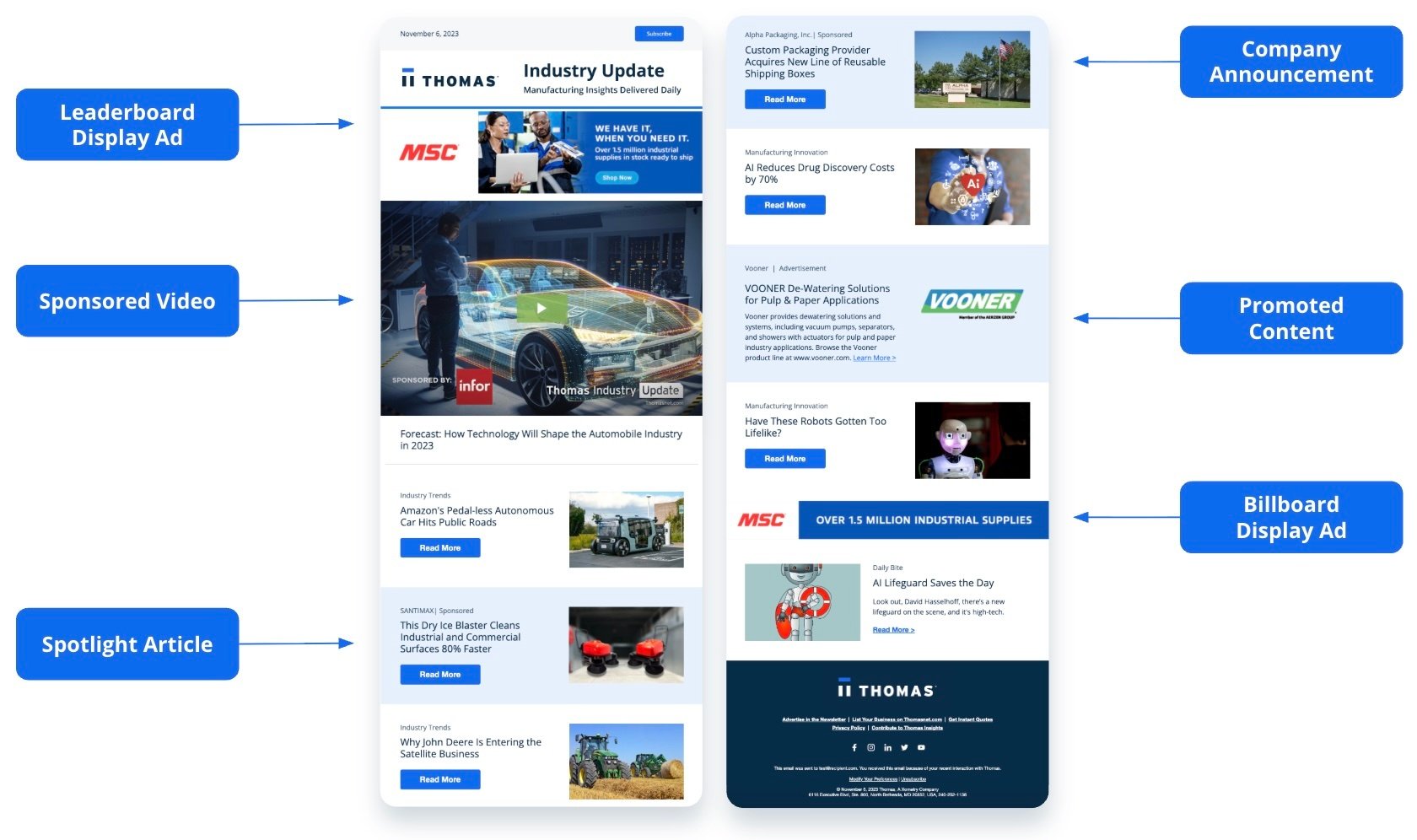Marketing Metric Mythbusters: Google is the Best Source for Leads?
Team Thomas December 19, 2012
Measuring the return on investment for marketing is challenging in even the best cases. Many industrial marketers mistake commonly used online B2C metrics for effective measures of their own efforts. This article examines one of the two most persistent ROI myths.
Myth: Google gives me the greatest number of sales leads; therefore, I should focus my marketing efforts there.
This is a common thought process among marketers and B2B sales professionals. With Google responsible for almost 70 percent of searches, ranking high in relevant search categories can certainly bring a lot of "leads" to any website.
This is good, right? Of course it is!
But are site visits an effective measurement of your marketing efforts? Let's look at the facts.
Make no mistake: In today's digital world, an effective website is critical. More than 98% of industrial buyers turn to the Internet when sourcing new suppliers. That makes Google, and in turn your website, powerful business tools. But does every site visit from Google equate to a sales lead? And do those leads translate into sales? If a site generates 10,000 visits per month or even per day, are those users the same as the ones calling and placing orders?
Unfortunately, it is very difficult to quantify this. Too often, marketers will measure their return on investment (ROI) by the amount of site visits, generating what appears to be a low cost per "lead." Ardath Albee, a B2B marketing strategist, says, "Studies show that buyers spend at least eight hours online looking for products and services." That makes it unlikely that those 10,000 visits are actually 10,000 different buyers from 10,000 prospective companies—and that's assuming these leads are true leads and not users who stumbled upon the site by accident.
What marketers really need is a system to qualify leads. Thankfully, there are more advanced tools that can track sales contacts generated by the company website and listings in B2B verticals. This allows marketers to specifically track the cost per contact, rather than "lead." According to a 2012 Lead Generation Marketing ROI Study conducted by Lenskold Group, 58% of the top performing companies polled were those that measured lead quality based on customer revenue generated from the initial sale. Brian Carroll, CEO of InTouch says, "Sales people care very little about the cost of the leads we generate. What they really care about is how many of those leads will actually become viable sales opportunities."
Conclusion: While it's possible that your website might get the bulk of its visitors from search engines, that doesn't make them the best marketing tool. Just looking at site visits doesn't mean you are looking at leads. To get more refined results, industrial suppliers need to also be visible in targeted B2B verticals, and utilize lead-qualifying tools such as mirror site tracking and call tracking to quantify and measure costs per contact.
| Interested in how you can generate better quality leads and calculate the ROI of your online marketing? Contact Thomas today at 866.585.1191. |
Did you find this useful?








